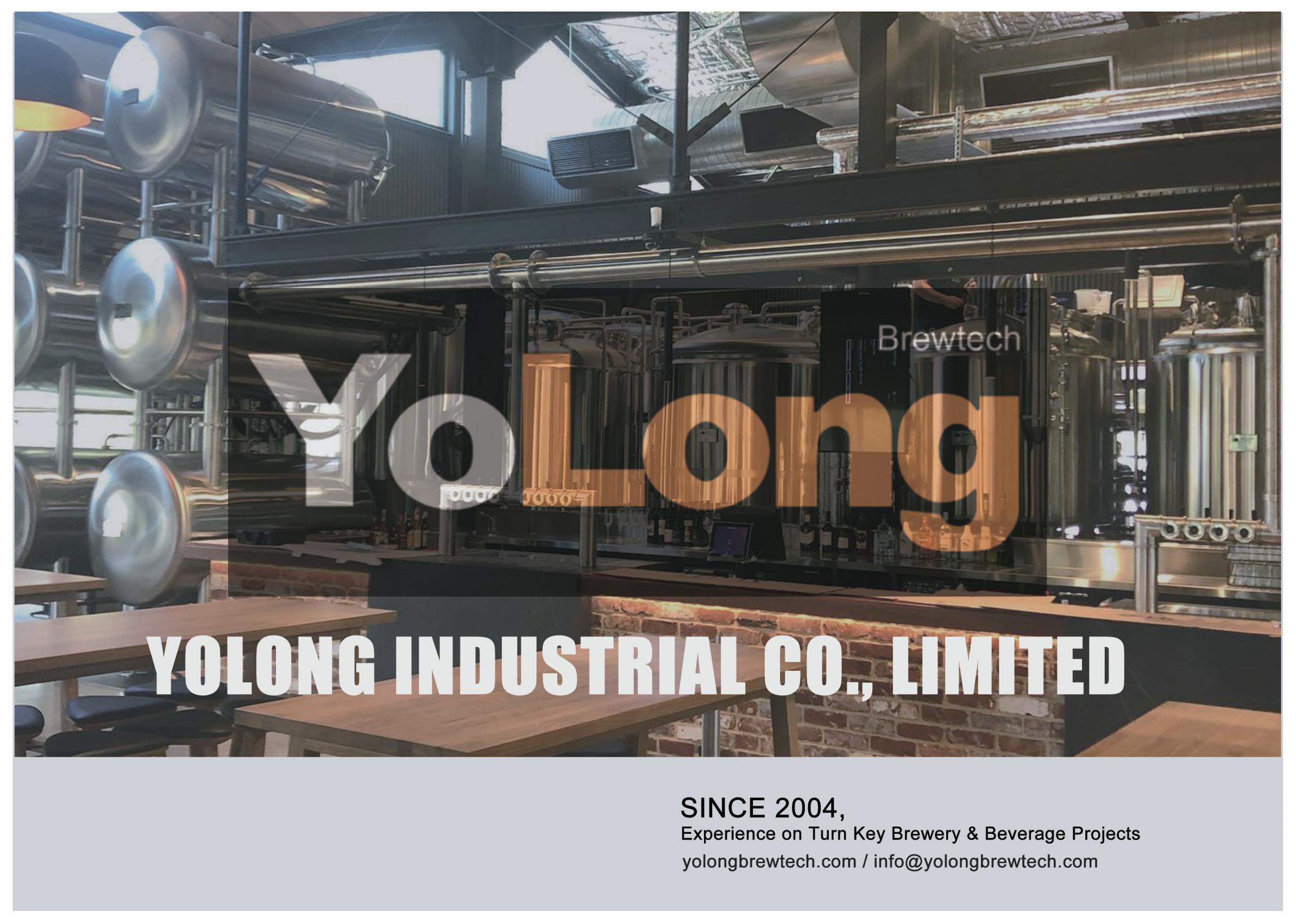The 20 BBL Brewhouse: Unlocking the Potential of Craft Brewing at Scale
Introduction
Craft breweries are experiencing a surge in popularity, and many passionate brewers are turning their hobbies into successful businesses. One crucial investment for any craft brewery is a high-quality brewhouse that can meet production demands. In this article, we will explore the world of 20 bbl brewhouse, discussing their components, benefits, factors to consider when choosing one, brewing processes, and more.
What is a 20 bbl brewhouse?
A 20 bbl brewhouse is a brewing system designed for medium-sized craft breweries. The “bbl” stands for barrels, which is a unit of measurement for beer production. A 20 bbl brewhouse has a capacity of approximately 20 barrels, or around 620 gallons (2,330 liters) of beer per batch. It consists of several interconnected vessels and equipment that facilitate the brewing process.
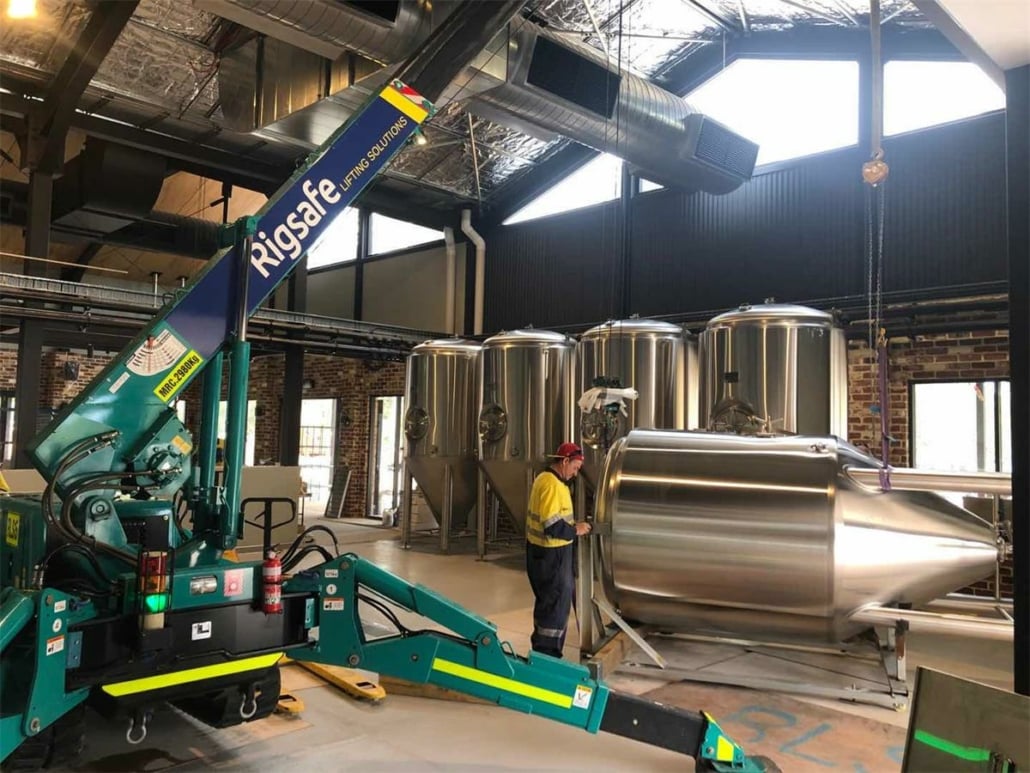
Key components of a 20 bbl brewhouse
A 20 bbl brewhouse typically includes the following key components:
- Mash Tun: This vessel is used for mashing, a process where crushed grains are mixed with hot water to extract fermentable sugars.
- Lauter Tun: The lauter tun separates the liquid wort from the grain solids through a process called lautering. It ensures clarity in the wort by removing particulates.
- Brew Kettle: The brew kettle is where the wort is boiled and hops are added for bitterness, flavor, and aroma.
- Whirlpool: The whirlpool vessel allows for the separation of trub (undesirable solids) and hops from the hot wort.
- Hot Liquor Tank: This tank stores and heats water for various brewing processes, such as mashing in the mash tun and sparging in the lauter tun.
- Cold Liquor Tank: The cold liquor tank stores and supplies cold water for cooling the wort after boiling.
- Fermenters: These vessels hold the wort during fermentation, allowing yeast to convert sugars into alcohol and carbon dioxide.
- Bright Tank: The bright tank is used for clarifying and carbonating the beer before it is packaged for distribution.
- Control Panel: The control panel regulates the various processes and temperatures throughout the brewhouse.
Benefits of a 20 bbl brewhouse
A 20 bbl brewhouse offers several advantages for craft breweries:
- Increased production capacity: With its larger size compared to smaller brewhouses, a 20 bbl brewhouse enables breweries to produce higher volumes of beer per batch.
- Efficiency and time savings: The larger vessels and equipment streamline the brewing process, reducing brewing time and increasing overall efficiency.
- Consistency and quality: A well-designed 20 bbl brewhouse provides better control over the brewing parameters, leading to consistent quality in the final beer product.
- Flexibility: The 20 bbl size allows breweries to experiment with a wider range of beer styles and recipes, catering to diverse customer preferences.
- Scalability: As breweries grow, a 20 bbl brewhouse offers scalability options, allowing for increased production in the future.
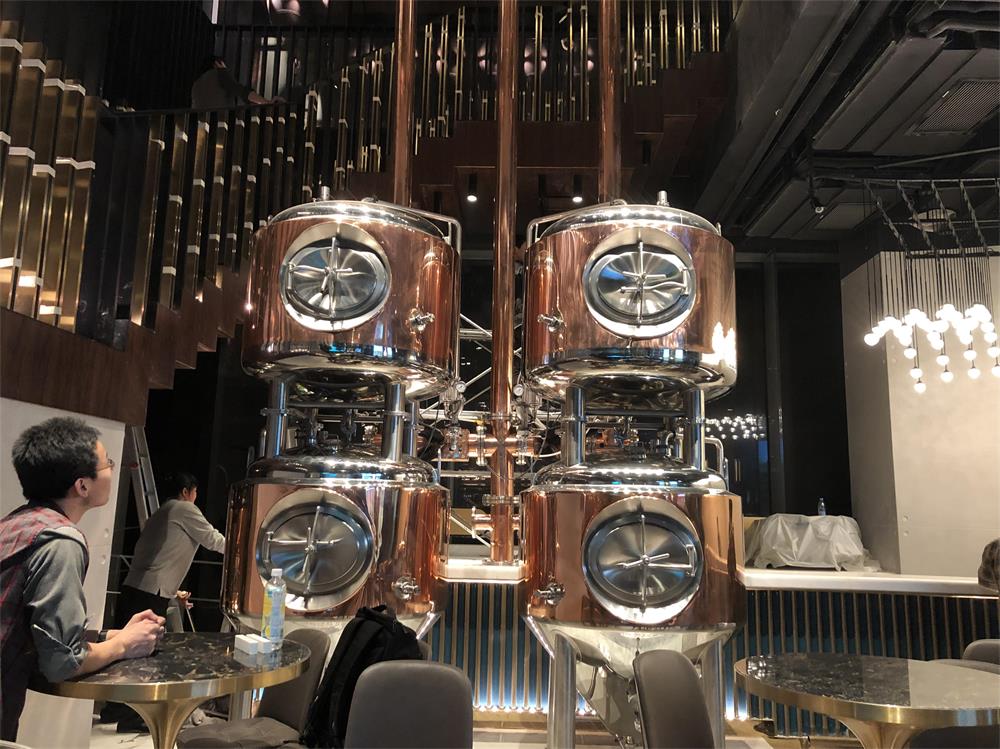
Factors to consider when choosing a 20 bbl brewhouse
When selecting a 20 bbl brewhouse for your brewery, consider the following factors:
- Space requirements: Ensure you have adequate space for the brewhouse, including room for future expansion.
- Power supply and utilities: Verify if your facility meets the necessary electrical, water, and drainage requirements for the brewhouse.
- Quality and reputation: Research and choose reputable manufacturers known for their quality craftsmanship and customer support.
- Customization options: Assess whether the brewhouse can be customized to suit your specific brewing needs and preferences.
- After-sales support: Consider the availability of spare parts, maintenance services, and technical support from the manufacturer.
Installation and setup process
The installation and setup process of a 20 bbl brewhouse may involve the following steps:
- Site preparation: Prepare the designated area by ensuring proper flooring, utilities, and ventilation.
- Delivery and unloading: Receive and unload the brewhouse equipment with the help of professionals.
- Positioning and assembly: Carefully position each vessel and connect the necessary pipes and fittings according to the manufacturer’s instructions.
- Electrical and plumbing connections: Engage professional electricians and plumbers to connect the brewhouse to the power supply, water source, and drainage system.
- Testing and calibration: Conduct thorough testing and calibration of all components to ensure proper functionality.
- Training and familiarization: Train your brewing team on operating the brewhouse, including safety procedures and maintenance tasks.
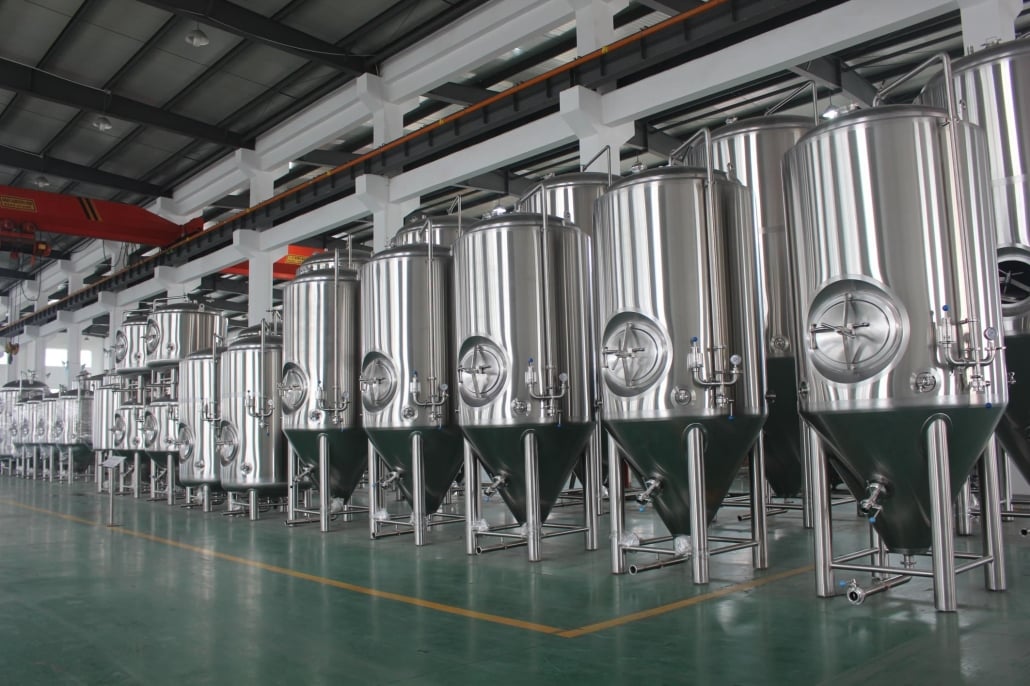
Brewing process using a 20 bbl brewhouse
The brewing process using a 20 bbl brewhouse generally involves the following steps:
- Mashing: The milled grains are mixed with hot water in the mash tun to convert starches into fermentable sugars.
- Lautering: The liquid wort is separated from the grain bed in the lauter tun, leaving behind the spent grains.
- Boiling and hop additions: The wort is transferred to the brew kettle, boiled, and hops are added at various intervals for bitterness, flavor, and aroma.
- Whirlpooling: After boiling, the wort is transferred to the whirlpool vessel, where trub and hops settle to the bottom.
- Cooling and transfer: The hot wort is rapidly cooled using a heat exchanger and transferred to the fermenters.
- Fermentation: Yeast is added to the fermenters, and the wort undergoes fermentation, converting sugars into alcohol and carbon dioxide.
- Conditioning and carbonation: After primary fermentation, the beer is transferred to a bright tank for conditioning and carbonation.
- Packaging: Once conditioned, the beer is packaged in kegs, bottles, or cans for distribution and consumption.
Maintenance and cleaning
Regular maintenance and cleaning are crucial for the optimal performance and longevity of a 20 bbl brewhouse. Some key maintenance tasks include:
- Routine inspections: Regularly inspect all vessels, fittings, and connections for signs of wear, leaks, or damage.
- Cleaning protocols: Follow established cleaning protocols to remove residue, bacteria, and yeast from the vessels and equipment.
- Sanitization: Ensure proper sanitization of all components to prevent contamination and off-flavors in the beer.
- Equipment servicing: Schedule periodic servicing of pumps, valves, heat exchangers, and other critical components to maintain their efficiency and functionality.
- Seal and gasket maintenance: Check and replace worn-out seals and gaskets to prevent leaks and maintain airtight connections.
- Calibration and temperature control: Regularly calibrate temperature sensors and control systems to ensure accurate and consistent brewing parameters.
- Record keeping: Maintain comprehensive records of maintenance activities, cleaning schedules, and any equipment repairs or replacements.

Popular brands and models
Several reputable brands offer high-quality 20 bbl brewhouses, each with its unique features and specifications. Some popular brands include:
- Brand A: Known for its innovative design and advanced automation features, Brand A offers a range of customizable 20 bbl brewhouses suitable for various production needs.
- Brand B: With a focus on sustainability and energy efficiency, Brand B’s 20 bbl brewhouses are designed to minimize environmental impact while delivering exceptional brewing results.
- Brand C: Renowned for its reliability and durability, Brand C provides robust 20 bbl brewhouses that can withstand heavy daily use and demanding brewing schedules.
- Brand D: Specializing in compact brewhouse designs, Brand D offers space-efficient 20 bbl models without compromising on functionality or performance.
It is advisable to research and compare different brands and models, considering factors such as price, customization options, customer reviews, and warranty support before making a final decision.
Common challenges and troubleshooting
While a 20 bbl brewhouse offers many benefits, brewers may encounter some challenges during operation. Here are a few common challenges and troubleshooting tips:
- Clogging or slow lautering: Ensure proper milling of grains and adjust the mash consistency to avoid stuck mashes or slow lautering. Regularly clean and maintain screens and filters.
- Temperature control issues: Monitor and calibrate temperature sensors regularly. Insulate pipes and vessels properly to minimize heat loss or gain.
- Off-flavors or infection: Follow strict cleaning and sanitization protocols to prevent contamination. Monitor yeast health and fermentation conditions.
- Pump or valve malfunctions: Regularly inspect and service pumps and valves. Replace worn-out parts promptly to avoid disruptions during the brewing process.
- Equipment leaks: Check seals, gaskets, and connections regularly for leaks. Replace damaged components promptly to maintain airtight integrity.
If challenges persist or escalate, consult the brewhouse manufacturer or seek assistance from experienced brewing professionals.
Safety precautions
Brewing with a 20 bbl brewhouse involves potential hazards. Prioritize safety by following these precautions:
- Training and knowledge: Ensure all operators are properly trained on the brewhouse’s operation, safety procedures, and emergency protocols.
- Personal protective equipment (PPE): Provide appropriate PPE, including heat-resistant gloves, safety goggles, and non-slip footwear.
- Ventilation and extraction: Maintain proper ventilation and install extraction systems to minimize exposure to steam, fumes, and volatile chemicals.
- Electrical safety: Engage certified electricians to install and maintain electrical connections, adhering to local electrical codes and safety standards.
- Emergency shutdown and fire prevention: Familiarize operators with emergency shutdown procedures and install fire prevention systems, such as fire extinguishers and smoke detectors.
Compliance with local safety regulations and periodic safety audits are essential to create a secure brewing environment.
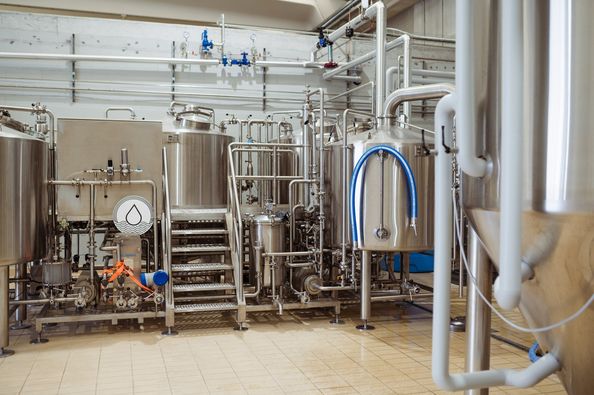
Sustainability features
As sustainability becomes increasingly important in the brewing industry, many 20 bbl brewhouses incorporate eco-friendly features. These may include:
- Energy-efficient design: Brewhouses with optimized insulation, heat recovery systems, and variable speed pumps reduce energy consumption and operating costs.
- Water conservation: Brewhouses equipped with water-saving technologies, such as efficient wort chilling and cleaning systems, minimize water waste.
- Waste management: Some brewhouses integrate waste treatment systems, enabling breweries to repurpose or dispose of brewing byproducts responsibly.
- Renewable energy integration: Brewhouses can be designed to accommodate renewable energy sources like solar panels or biogas systems, further reducing carbon footprint.
By prioritizing sustainability features, breweries can contribute to environmental conservation and meet the growing demand for eco-conscious products.
Market trends and future prospects
The craft brewing industry continues to evolve, and the demand for high-quality beers shows no signs of slowing down. Some market trends and future prospects for 20 bbl brewhouses include:
- Diversification of beer styles: Breweries utilizing 20 bbl brewhouses are well-positioned to experiment with and offer a wide variety of beer styles, catering to the evolving preferences of consumers.
- Expansion of microbreweries: As the popularity of craft beer spreads globally, more microbreweries are emerging, leading to an increased demand for smaller to medium-sized brewhouses like the 20 bbl capacity.
- Technology advancements: Brewhouse manufacturers are continuously innovating, incorporating advanced automation, remote monitoring, and data analytics capabilities to enhance efficiency, consistency, and ease of operation.
- Sustainable brewing practices: Environmental consciousness is gaining momentum, and breweries using sustainable practices, including those enabled by 20 bbl brewhouses, are likely to attract eco-minded consumers and investors.
The 20 bbl brewhouse offers a balance between production capacity and flexibility, positioning breweries to capitalize on market trends and thrive in the craft brewing industry.
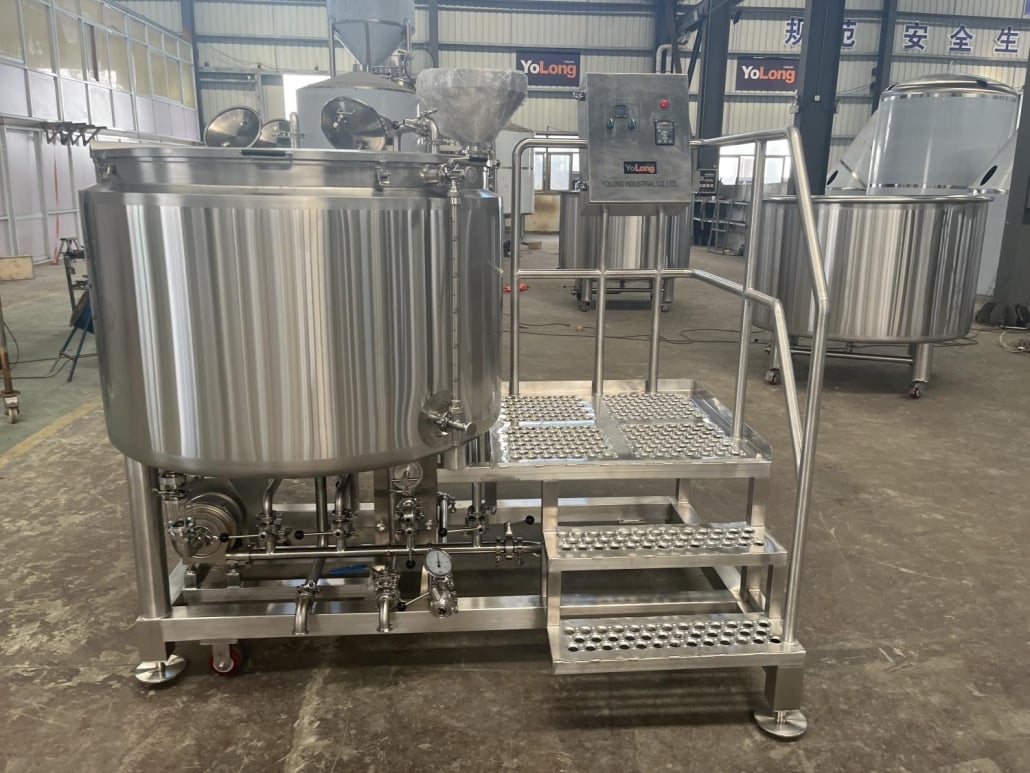
Conclusion
Investing in a 20 bbl brewhouse is a significant decision for craft breweries aiming to expand their production capabilities and meet growing customer demands. This article has provided an overview of 20 bbl brewhouses, discussing their components, benefits, factors to consider when choosing one, brewing processes, maintenance requirements, and market trends.
By carefully selecting a reputable brand, customizing the brewhouse to specific needs, and implementing proper maintenance and safety protocols, breweries can unlock the potential of their craft brewing journey with a 20 bbl brewhouse.
FAQs
Q1: Are 20 bbl brewhouses suitable for startup breweries?
A1: While 20 bbl brewhouses offer increased production capacity, they may not be suitable for all startup breweries due to higher initial costs and space requirements. Smaller brewhouse options are often more feasible for startups, with the potential to upgrade to a 20 bbl brewhouse as the business grows.
Q2: Can a 20 bbl brewhouse be used for contract brewing?
A2: Yes, a 20 bbl brewhouse can be used for contract brewing, allowing breweries to produce beer on behalf of other brands. However, it is important to consider the specific contractual arrangements and capacity requirements of contract brewing before investing in a brewhouse.
Q3: How long does it take to brew a batch of beer with a 20 bbl brewhouse?
A3: The brewing time can vary depending on factors such as recipe complexity, fermentation duration, and equipment efficiency. On average, the brewing process with a 20 bbl brewhouse, including mashing, boiling, fermentation, and conditioning, can take approximately two to four weeks per batch.
Q4: Can a 20 bbl brewhouse be upgraded or expanded in the future?
A4: Yes, one of the advantages of a 20 bbl brewhouse is its scalability. Many manufacturers offer options for future expansion or customization based on the specific needs of the brewery. It is essential to discuss potential upgrade options with the brewhouse manufacturer during the initial purchase.
Q5: Are there any financing options available for purchasing a 20 bbl brewhouse?
A5: Yes, some manufacturers and financial institutions offer financing programs specifically tailored for brewery equipment purchases. It is recommended to explore these options and discuss financing plans with the brewhouse manufacturer or financial institutions to determine the best solution for your brewery’s financial situation.
Share this entry
Interested in learning more about Brewing Systems including additional details and pricing information? Please use the form below to contact us!
YOLONG BREWERY EQUIPMENT FAQS
- Commercial Brewery / Craft Brewery / Microbrewery / Nanobrewery
- What is The Difference Between Craft Beer and Industrial Beer?
- The Bespoke Differences In Custom Brewing Systems
- Everything You Need to Know About Kettle Souring
- How to Choose Brewing Equipment for Your business?
- How To Choose The-Best Partner To Build Your Commercial Microbrewing System?
- Two Detection Sensors That You Need To Use In Your Brewhouse System
- Remote Control Applications in Brewing Equipment/How does it work?
- How To Clean Your Brand New Brewery Tanks?

